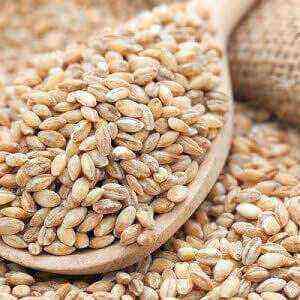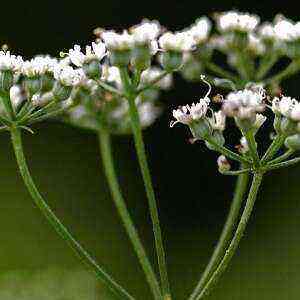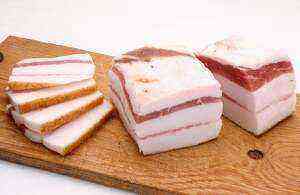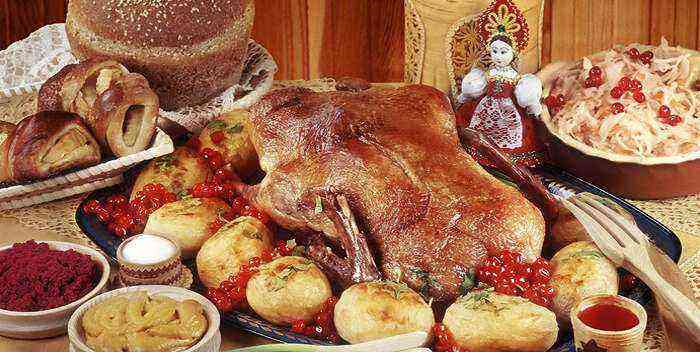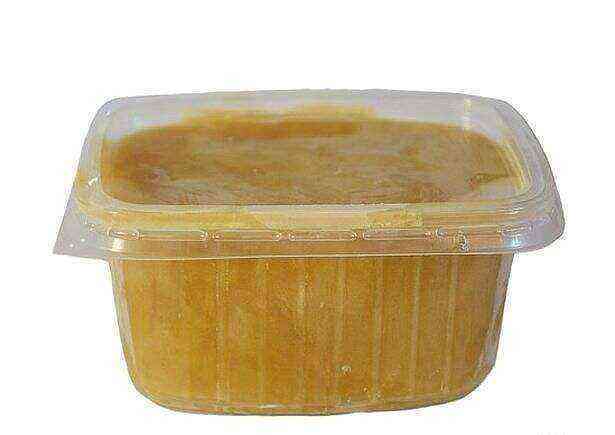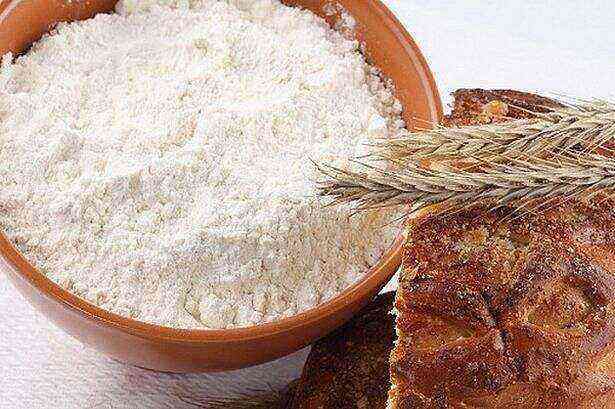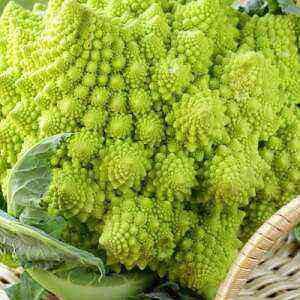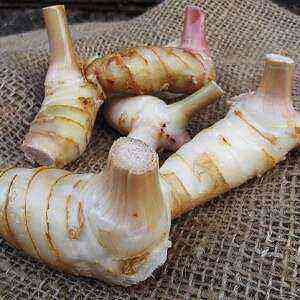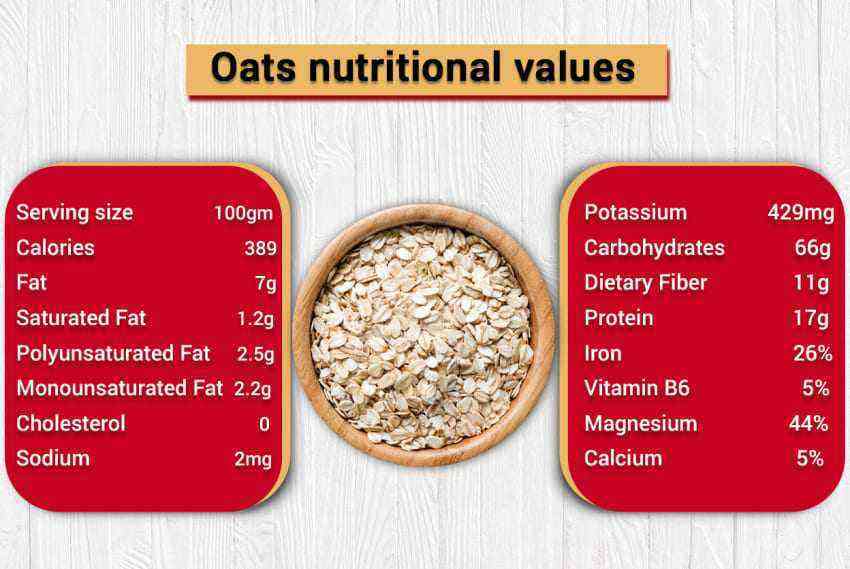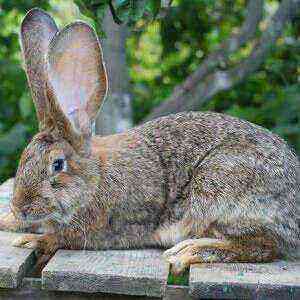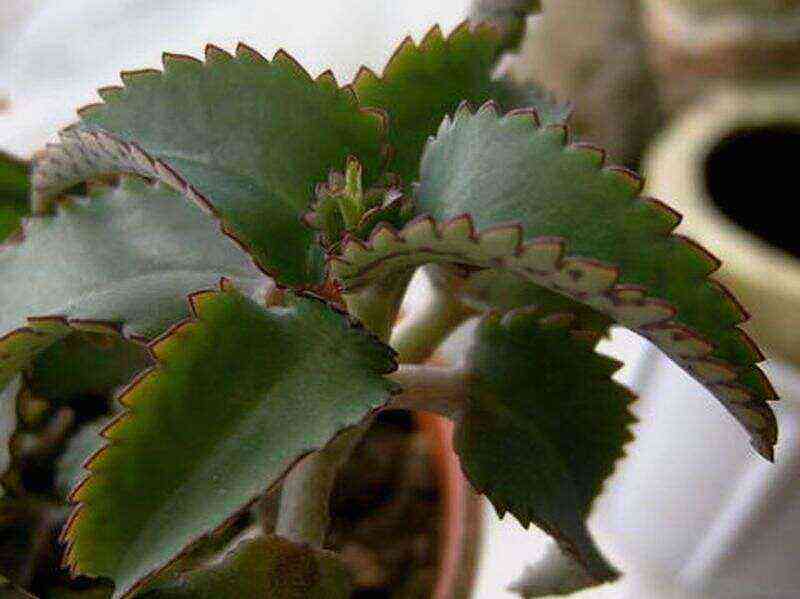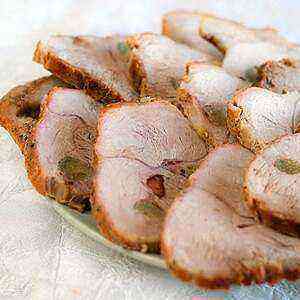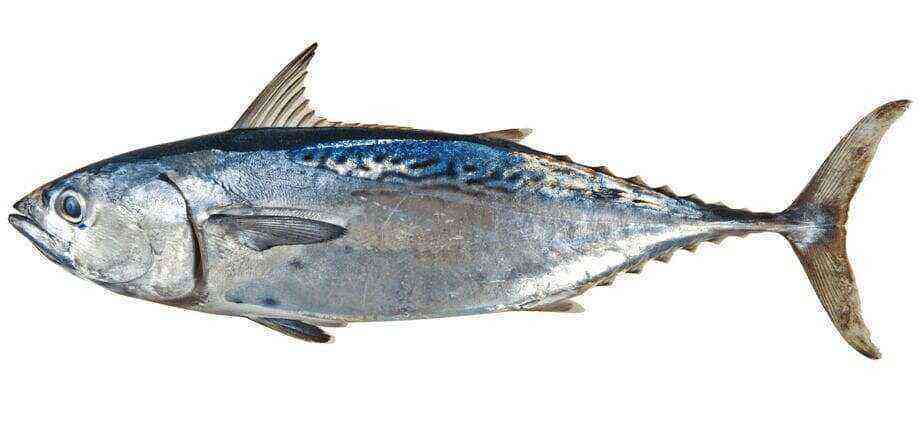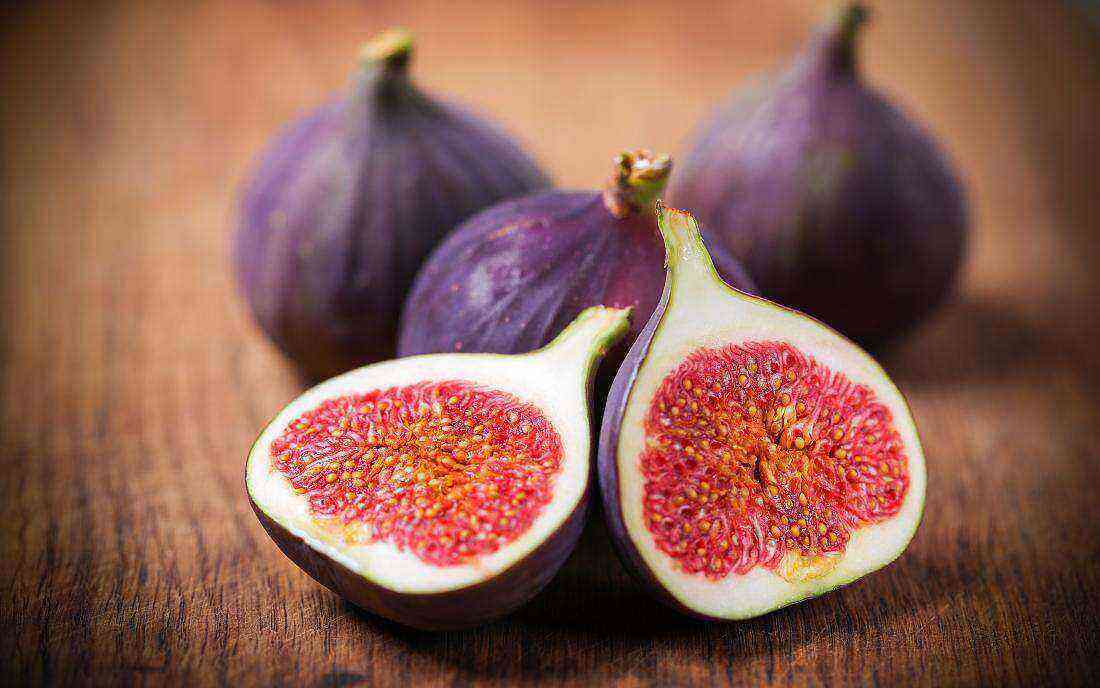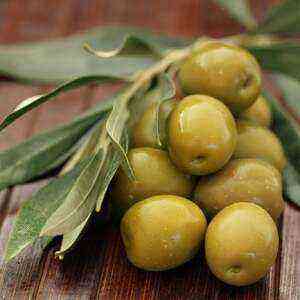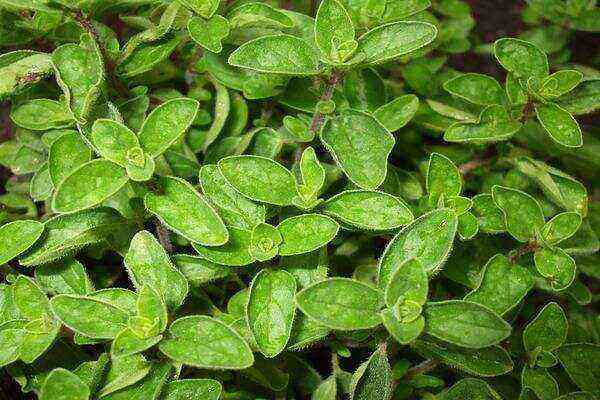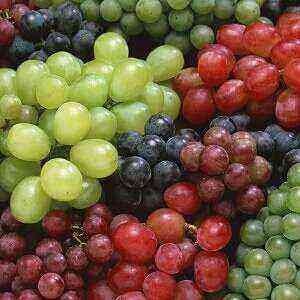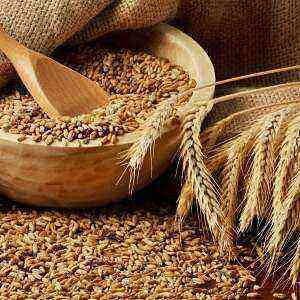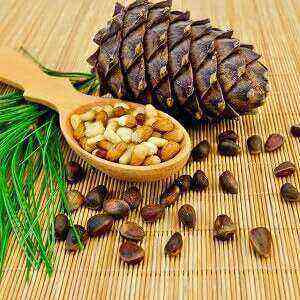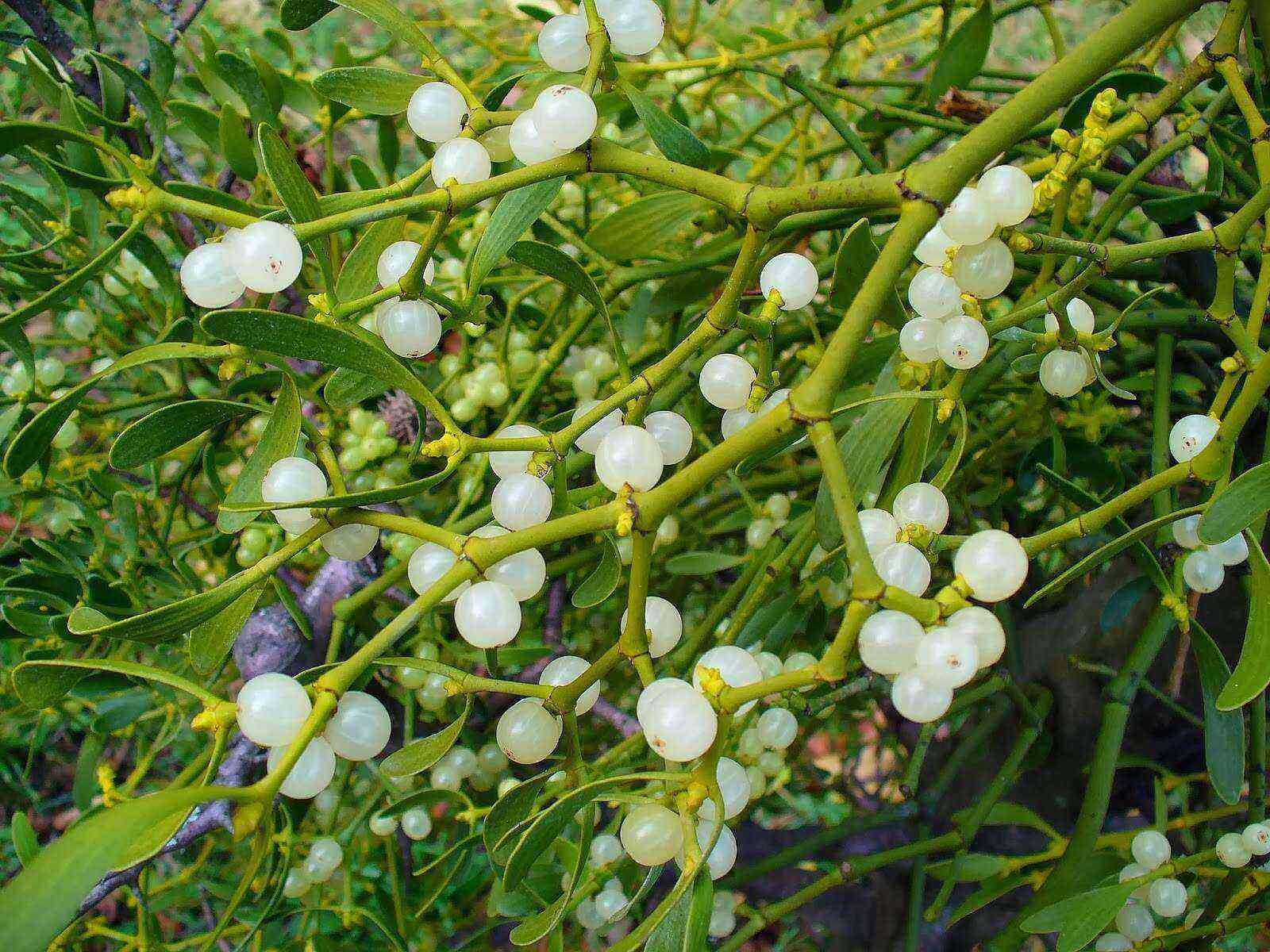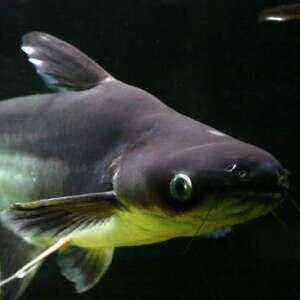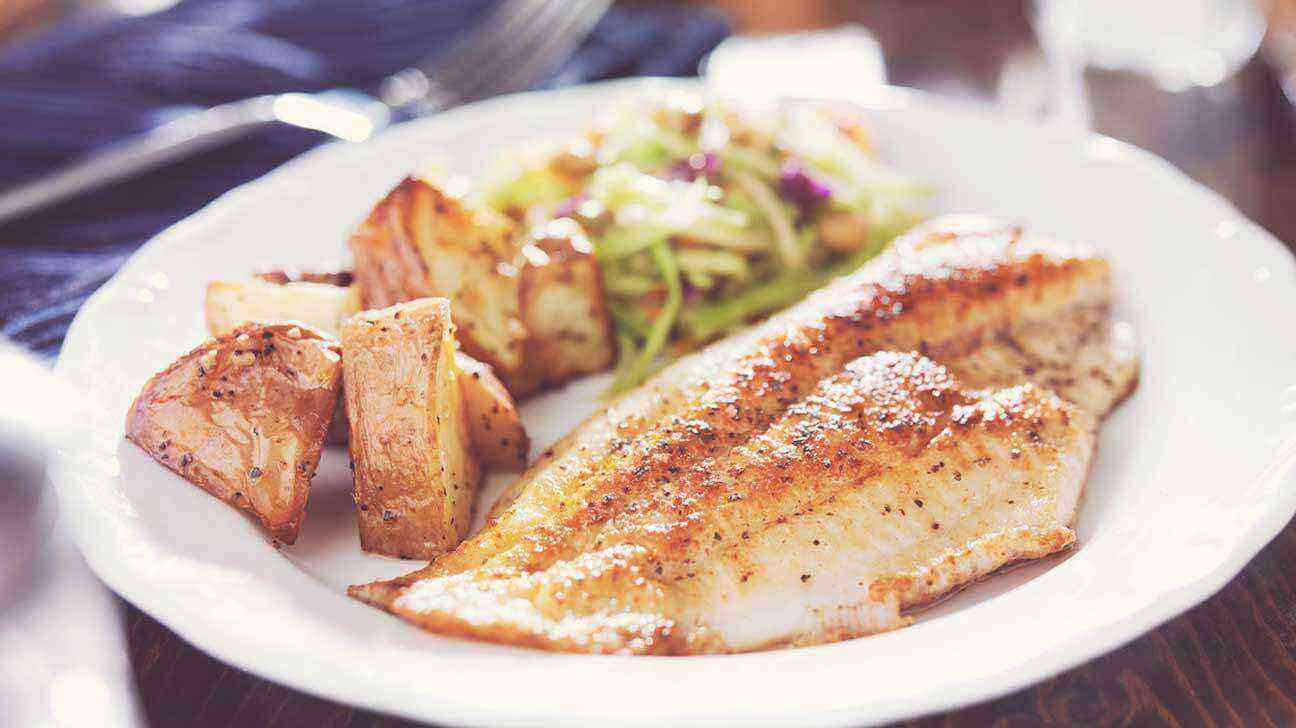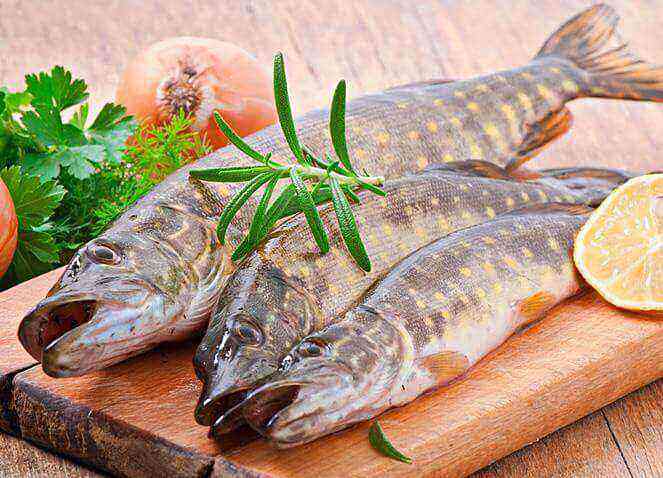
Pike meat is dietary, contains 84 calories per 100 grams of product and is a natural source of phosphorus, potassium, iodine, zinc, fluorine, calcium, vitamins A, E, C, PP, B, antioxidants.
Fish is abundant in protein, which is much easier to digest than cattle protein, and therefore provides a special value for people with digestive problems. In addition, pike strengthens the immune system, reduces the likelihood of developing cardiac arrhythmias. From fish fillets make rolls, quenelles, cutlets. It is served roasted, boiled, baked, stuffed, salted, dried.
To preserve the taste and smell, fresh pike is cooked immediately after the catch; it should not be frozen.
The following varieties of fish are distinguished: common, Amur, maskinong, striped, red-footed.
Description of the species
The body of the pike is torpedo-shaped, elongated, compressed from the sides. The color is variable, depends on the habitat, the vegetation in the pond and is gray-brown, gray-yellow, gray-green with olive spots on the sides, which create transverse stripes. The paired fins are orange, unpaired – brown with dark patches or yellowish-gray. The scales are small, thin. The head is large, the mouth is strongly elongated and slightly flattened. The lower jaw is articulated with the skull, protruding forward, the upper one comes beyond the vertical of the front edges of the eyes. Teeth numerous strong. Gill membranes are not spliced between themselves and to the interstitial spacing. Due to this pike is able to swallow very large prey. Its length can reach 1,5 meter, and weight 35 kilogram. Typically, in catches, these parameters do not exceed the 1 meter and 12 kilogram, respectively.
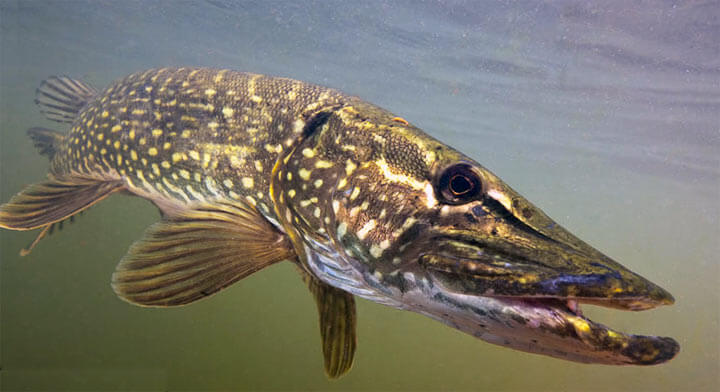
In the first months of life, the young feed on zooplankton, then gradually begin to lead a predatory lifestyle. Pike prey: carp, perch fish, mammals that have fallen into the water (moles, mice), waterfowl and chicks, frogs, tadpoles, molting crayfish. It is characterized by cannibalism: small individuals of their own family make up 20% of the predator’s diet. No wonder pike acquired the nickname “river robber.”
Before reaching 50 centimeters in length, the fish lives in the overgrown zone near the river bank, and after the onset of puberty (in the 3 year of life) and an increase in size goes deep into the lakes and reservoirs.
Pike spawns in early spring in the coastal shallow zone immediately after the ice melts, at a depth of 20 centimeters. The water temperature in this period barely reaches 6 degrees above zero. Fecundity ranges from 3000 to 233000 eggs. The offspring develops quickly: after 14 days after spawning, the larva hatches, which feeds on the yolk sac and the plankton for the first week.
Chemical composition
Due to the stiffness and abundance of the bones, pike meat is considered third rate. However, it is used to prepare a masterpiece of European cuisine – the dish “Gefilte Fish”.
Table No. 1 “Nutritional Value of Pike Meat”
Components
Content in 100 grams of product
Calories of fresh pike 84 calories Calories of boiled pike 98 calories Calories of fried pike 122 calories Water 79,3 grams Proteins 18,4 grams Ash 1,2 grams Fats 1,1 grams Saturated fatty acids 0,2 grams Cholesterol 0,062 grams
The energy ratio B: W: U in the edible part of the pike is 97%: 3%: 0%.
Table № 2 “The chemical composition of pike meat”
Nutrient Name
Nutrient content in 100 grams of product, milligrams
Vitamins
Niacinic acid (PP) 3,5 Ascorbic acid (C) 1,6 Tocopherol (E) 0,7 Pyridoxine (B6) 0,2 Riboflavin (B2) 0,14 Thiamine (B1) 0,11 Retinol (A) 0,01, 9 Folic acid (B0,0088) XNUMX
Macronutrients
Potassium
260
Sulfur
210
Phosphorus
200
Chlorine
60
Sodium
40
Calcium
40
Magnesium
35
Trace Elements
Zinc
1.0
Iron
0.7
Copper
0.11
Chromium
0.055
Iodine
0.05
Manganese
0.05
Fluorine
0.025
Cobalt
0.02
Nickel
0.006
Molybdenum
0.004
Pike fillet is low-calorie and low-fat, so it can safely be included in the daily diet of people with excess weight, without worrying that it will harm the figure.
Useful and harmful properties
Effect on the human body:
- promotes the breakdown of fats, proteins;
- improves the state of the cardiovascular system, skin, mucous membranes of organs;
- does not overload the digestive tract;
- increases the body’s resistance to colds, infectious diseases;
- regulates blood sugar, reduces the likelihood of developing diabetes;
- “Nourishes” the thyroid gland;
- provides the body with nutrients;
- prevents the occurrence of cardiac arrhythmias.
Can pike harm human body?
Yes. In theory, a freshwater predator can attack in the water or cause poisoning. However, these options are considered unrealistic, because the fish prefers to go to the depth, excluding a potential encounter with a person, and its meat is recognized as hypoallergenic and safe.
The only factor that should be paid attention to before buying a pike is the ecology of the water predator catching area. Any fish is prone to the accumulation of toxic harmful compounds hazardous to human health. Pike caught in a polluted body of water can cause intoxication of the body, allergies, indigestion, and intestinal infections. These manifestations are accompanied by cramping abdominal pain, swollen lymph nodes, an increase in body temperature, weakness in muscles, feeling of heat in the face, chills, severe weakness, a sharp decrease in blood pressure.
Do not purchase fish of dubious quality. Buy only the product that inspires you with absolute confidence without the slightest fear.
Pike roe
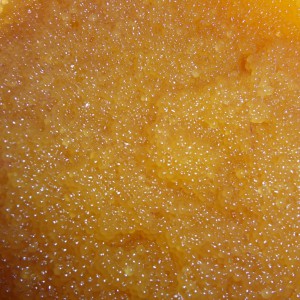
The energy value of pike caviar is 131 calories per 100 grams of product. The ratio B: W: Y is 87%: 13%: 0%. The by-product includes iron, phosphorus, iodine, essential amino acids, easily digestible protein, vitamins A, C, B, D, polyunsaturated fatty acids (omega-3).
Useful properties of pike caviar:
- increases hemoglobin level;
- protects against atherosclerosis;
- improves blood circulation;
- normalizes pressure;
- strengthens the immune system;
- supports visual acuity;
- saturates the body with vitamins, macro-and micronutrients;
- accelerates recovery from serious illnesses;
- enhances sexual function;
- protects the body from premature aging, prolongs youth;
- strengthens nails, hair follicles;
- accelerates cell regeneration, maintains skin elasticity.
In addition, pike roe favorably affects the work of the nervous system and brain. Nutritionists recommend incorporating by-product into the daily diet of children, adolescents, pregnant women, people with elevated mental and physical stress.
Salty pike caviar is contraindicated for hypertensive patients, babies up to 3 and people with diseases of the digestive tract, cardiovascular system, kidneys, and liver. In the period of exacerbation of chronic diseases, with gout, arthrosis, arthritis, and individual intolerance, also give up eating snacks. Salty caviar retains fluid in the body, increases appetite, provokes overeating, and therefore is excluded from programs aimed at reducing weight.
How to pickle with pike caviar?
Snack cooking sequence:
Gut fish, cutting the carcass in the direction from the anal fin to the head. If the incision is made from the gill, you can damage the gallbladder, as a result, the caviar will acquire a characteristic rancid taste and will be spoiled.
- Remove and rinse the caviar pouches. Then carefully cut the film on them.
- Put the caviar in the container, scald with boiling water, stirring the jars intensively with the 3 fork for minutes. As a result, the mass will be disinfected, increase in size and become turbid, yellow-white.
- Drain the liquid and remove the films wound on the plug.
- Rinse the eggs under running cold water, stirring slowly. Collect and discard pop-up coiled films.
- Throw caviar in a colander, let it drain. Then transfer it to gauze and gently squeeze out excess liquid, so as not to crush the eggs. If after this procedure it became very thick, add 15 milliliters of water acidified with vinegar in it.
- Pour the caviar with pike in a plate, salt to taste, gently stirring. 500 milligrams of offal requires a minimum of 40 grams of fine sea salt. Under its influence, caviar will acquire a beautiful transparent shade.
- Put the salted caviar in a sterilized glass jar, close the lid (do not roll it up), place in the refrigerator for at least 8 hours. The optimum temperature + 4 degrees Celsius. After the specified time, the by-product can be served on the table in tartlets as a snack or based on it to prepare sandwiches with thick sour cream (butter), chopped greens.
There are many recipes for salting pike caviar, one of which is high-speed, involves infusing a delicacy in a brine (under steep brine) for an hour. To improve the taste to the offal, in addition to salt, add olive oil, lemon juice, spices, onions.
Cooking application
Pike meat is tough, dense, elastic and smells of mud, therefore it requires complex cooking to soften the fillet and muffle the specific flavor. To neutralize the unpleasant smell inside the cleaned gutted carcass lay out lemon wedges or soak it in a spicy (salty) brine.
Unlike small specimens, large individuals are slightly dry, therefore, to give juiciness, they are stewed with vegetables, pork, stuffed with lard. It is believed that the greater the weight of the fish, the tastier it is. Freshwater predator arrives at the store shelves in a chilled, canned, frozen form.
Due to the large number of bones, pike is less in demand than tender carp or salmon meat. However, with proper culinary processing, it will turn out a real delicacy that will not leave indifferent any fish gourmet.
How to cook pike?
Marinate in wine (preferably in dry red).
- Bake in the oven with mushroom sauce.
- Cook ear.
- Grill with vegetables.
- Make patties or zrazy (with the addition of pork).
- Fry in beer batter.
- Bake with parmesan and sour cream.
- Cook heh in Korean.
- Cook on the grill.
- Stuff and bake.
- Stew with onions and tomatoes.
- Bake on lemon-cabbage.
- Cook, season with caper sauce.
- Make aspic.
For pike frying use cumin, basil, saffron, black pepper, almond nut. For cooking fish soups – fennel, cumin, bay leaf, rosemary, cloves. To enhance the savory taste of pike, cooked on the grill, suitable mustard seeds, saffron, paprika, turmeric. For salting and cooking marinade, give preference to oregano, sage, allspice, tarragon, coriander, dill.
Experiment with spices, create your own sets of flavors. During the heat treatment, the spices will give a characteristic flavor to the pike, reveal and emphasize the taste of the dish.
Sauces and gravies to fish: hot mustard-honey, cold sour cream, mushroom, walnut, bechamel, Tatar, seafood, with almond milk, creamy.
Harmonious combinations with pike:
- Pork with bacon.
- Mushrooms (champignons, oyster mushrooms, chanterelles).
- Lemons and oranges.
- Ginger, nutmeg, anchovies, capers with walnuts.
- Horseradish.
- Fig.
- Eggs.
- Tomatoes, corn, potatoes, onions, carrots.
- Sour cream, mayonnaise, butter.
- Leek, parsley, green lettuce.
- Red wine.
- Olive and sunflower oil.
- Red pepper, bay leaf.
Pike meat does not have a pronounced taste, so in the process of its preparation can be used as a sharp oriental seasoning, and “soft” European herbs. Fish dishes are served to the table immediately after cooking, hot, covering the resulting sauce.
Pike fishing seasonally

Pike is a coveted fishing trophy. It is active throughout the year and is found everywhere in freshwater bodies. Unlike other species of fish, pike does not hibernate.
Caught on the hook, the river predator behaves violently: it presses its tail against the water, carries out sharp jerks, shakes its head, takes a vertical position in order to get out of the trap. If these maneuvers do not help, the pike becomes head down, burrowing into strong, thick grass, from where it becomes problematic to pull it out. As a result, the fish often breaks off the hook, goes under water. Because of sudden movements, one can never foresee how a strong and nimble predator will behave. From its jerks breaks hooks, burst forests, which are able to withstand even the pressure of taimen.
Pike bite depends on the season and type of bait. Active fishing of large fish occurs in September-October, the main season falls in August. In the last month of summer, pike everywhere bite on any bait. The golden period for winter ice fishing is March.
It is believed that the most delicious pike is an individual that has reached the age of 3. It is stewed, fried, boiled, dried. Small fish is used to make fish soup, and large fish is used for cooking.
Pike fishing in winter

“Pike” places are considered to be: the territory near the dams below the spillway or off the steep banks, old rivers, deep reaches, factories, and inflows.
In the middle of winter, during the period of severe frosts, the pike is driven into a hole and difficult to stir. At this time, the main thing is to throw the bait correctly and move it slowly. It is recommended to use jig wiring.
When the last ice comes off the pike prepares for spawning and is especially hungry during this period. In order not to frighten off the prey, observe silence while fishing and take care to darken the hole.
Remember, pike sensitively reacts to sound vibrations, it is easy to frighten.
Pike fishing in spring
Fish activity increases with the release of the reservoir from the ice. In the spring (April) pike immediately goes to spawn. Places of laying eggs from year to year remain the same. During this period, it is better to fish on the way to the spawning grounds: near the thickets of reeds, snags, snag.
In early-mid-March, the pike pecks at spinning. Take a break from fishing during (and immediately after) spawning. During this period, she sluggishly responds to any bait. After 1 – 2 of the week, the pike comes after spawning zhor, which lasts 14 days. This is a fertile period for anglers, as the fish is caught in large quantities, day and night, for all sorts of bait.
Pike fishing in summer
With the onset of heat, the activity of the pike decreases, because of this, the effectiveness of fishing decreases. In the summer, large specimens remain at depth, and only small fish, weighing up to 1 kilograms, bite.
The main feeding places are thickets of vegetation off the coast, borders of holes or dumps, near branches, leaning over water, growing water lilies, islands of grass floating on the pond.
In the warm season, the catch of pike depends on the depth of the diving baits, the type of wiring, bait and seasonal “mood” of fish. It happens that she does not bite in her characteristic time or goes through nozzles. With the onset of cool, the efficiency of fishing increases, the predator begins to eat vigorously.
Pike fishing in autumn
September-November – the best months for fishing for pike. During this period, she actively pecks on all sorts of lures, replenishing energy reserves, which are intensively spent on cold winter days. In the autumn, the fish lives near summer “sites” and only a significant cooling causes it to move into the deep layers of the reservoir after the fish that serves as its prey. For pike fishing, pick up large lures and strong tackle, since in October the probability of catching a “serious trophy” is much higher than in June.
Interestingly, the pits in which in the summer they managed to catch one fish in the fall were “slaughtered” with two or three well-fed specimens.
Thus, the pike is a cunning, wayward fish. In the spring she has a post spawning zhor. In this period, you can catch a pike in large numbers, but most likely it will be small individuals up to one and a half kilograms. In the summer, it is very inconstant: it behaves sluggishly, does not react to the favorite nozzle, then bites at any bait with surprising greed. In the autumn the fish becomes energetic, begins to swallow food well, falling on the hook. At the same time, actively fighting for survival, providing stubborn resistance. In the autumn and in the winter it is caught every day well, however it’s late to go hunting
Bait and Tackle
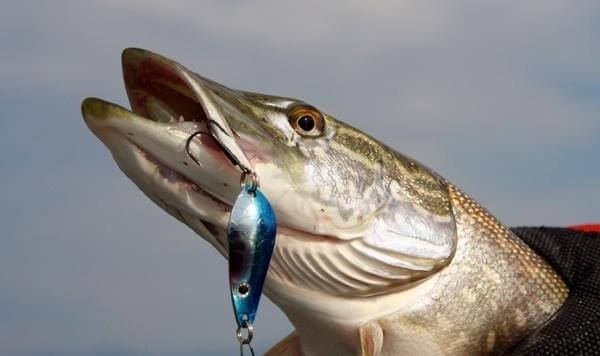
- Donkey;
- spinners;
- spinning rods;
- fishing rods (float and live bait);
- mugs
- zherlitsy.
In calm waters with little current, the easiest way to fish is with a float or spinning with millimeters of 0,35 fishing line diameter and a reinforced reel.
With a sackcloth, the pike produces strong shocks, it becomes entangled in grasses and algae, therefore tackle must be strong and powerful in order to keep the prey. In places with a large amount of vegetation, where the main equipment is not suitable, use stubs. This is a cheap, convenient, easy way to hunt pike. In the case of using artificial bait, it is recommended to tighten the nylon cord instead of fishing line. It is perfect for jigging a freshwater predator or a wobbler.
The most popular bait: turntables, oscillators, twisters, silicone fish.
It is believed that the pike does not need special feeding. Attract smaller fish with breadcrumbs, porridge, oilcake, and a pike will follow. However, if desired, the predator can be fed with bird giblets, pieces of bleak, minnow, perch, roach, rudd, crucian carp, leeches, frogs, tadpoles.
Criterias of choice
Sniff it before buying a pike: it should smell like water and algae.

- bright red gills;
- dense surface;
- bright bulging eyes;
- shiny, moist scales without brown spots;
- straight tail without rounding.
The surface of the fresh carcass is covered with transparent mucus, the fillet is elastic, the fish looks like alive.
When buying a chilled pike, press down on the back, not disappearing fossa indicates repeated freezing and thawing of the product.
Refuse to buy pickled fish, because in 90% of cases, a poor quality fillet is hidden behind an abundance of spices. It is not recommended to purchase frozen pike, which partially loses its taste and smell after storage in the freezer.
Fresh fillets are stored in a refrigerator in an airtight package for no more than 3 days.
Conclusion
Pike is a predatory single fish widely distributed in the waters of the northern hemisphere. Habitat: flowing lakes, bays, old ladies, rivers with a slow flow. The best periods for biting are thawing, 14 days after spawning (mid-April), September-October, when the fish intensively fill their stomachs before hibernation. Favorite bait – frogs, small-eyed shuryata, live bait (Karasiki, gudgeon, roach). Intense biting occurs during daylight hours.
Pike is unusually beneficial to the human body, it is a storehouse of easily digestible protein, nutritious vitamins and minerals. Fish meat is low-calorie, non-fat, so it is shown to people to strengthen the immune system after past infectious diseases, improve heart function and the functional state of the gastrointestinal tract.
Pike fillet is a dietary product in the diet of healthy food. It is allowed to use children and people suffering from overweight (instead of meat). In folk medicine, offal, skin, bones and meat of fish are used for the manufacture of medicines for eyesore, pancreatic pain, jaundice.
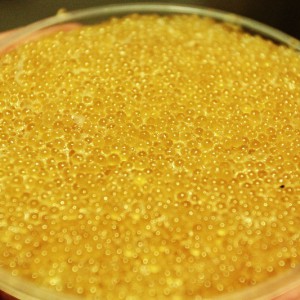 Gut fish, cutting the carcass in the direction from the anal fin to the head. If the incision is made from the gill, you can damage the gallbladder, as a result, the caviar will acquire a characteristic rancid taste and will be spoiled.
Gut fish, cutting the carcass in the direction from the anal fin to the head. If the incision is made from the gill, you can damage the gallbladder, as a result, the caviar will acquire a characteristic rancid taste and will be spoiled.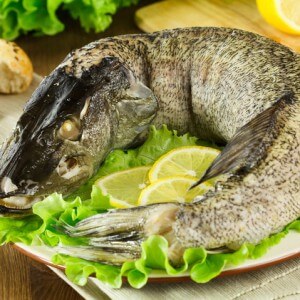 Marinate in wine (preferably in dry red).
Marinate in wine (preferably in dry red).